There’s a berry growing in backyards all across America that looks harmless, even inviting. Some birds eat it. It pops up near fences, along trails, and at the edge of gardens. Most people walk right by it without a second thought.
But here’s the part that caught my attention: just a few of these berries can send someone to the ER. Or worse. That stopped me in my tracks.
This plant isn’t rare. It’s not exotic. In fact, it thrives in disturbed soil, which means it’s most likely to appear in the exact places we live, work, play, and let our animals roam.
The worst part? Its berries look like something you’d want to taste.
I’ve spent enough time on my land to know you can’t afford to trust appearances. Not when it comes to this kind of plants. If you’ve got anything growing on your property that you haven’t identified yet… this is the one you need to rule out first.
Pokeweed Identification. What Exactly Is Pokeweed?
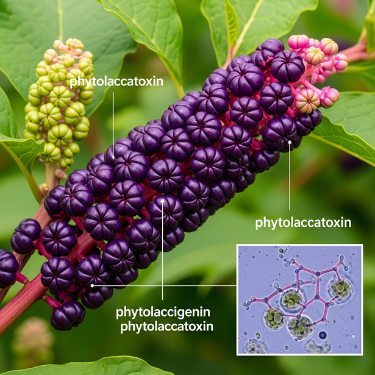
Pokeweed is a plant you need to recognize—it can cause real harm. I watch for its key traits: thick, smooth stems that turn reddish or purple as they grow, often reaching up to ten feet. Its large, simple leaves grow alternately along the stem and resemble lance heads.
Before berries appear, pokeweed produces small white or greenish-pink flowers in clusters called racemes. Then come the deep purple, shiny berries hanging in heavy drooping bunches—pretty but highly toxic to kids and animals.
The real danger lies underground in its large, fleshy taproot, which holds the most toxins. You’ll find pokeweed in disturbed soil—along fences, at woods’ edges, even in gardens if you’re not watchful.
Some confuse young pokeweed with elderberry, but mature pokeweed is hard to miss: colored stems and dark berry clusters make it stand out. Knowing how to ID this plant is the first step to keeping your homestead safe.
Why Is Pokeweed Dangerous?
Pokeweed packs phytolaccatoxin and phytolaccigenin—tissue-destroying saponins that ravage cells on contact.
Oxalates sharpen the threat. Roots harbor the highest poison concentration but never gamble on leaves or stems being safer. Even deceptively juicy berries carry toxic seeds. Toxicity spikes in mature plants especially wilted leaves.
Ingestion triggers a brutal chain reaction. First comes mouth burning and nausea. Then violent vomiting and bloody diarrhea grip victims. Abdominal cramps twist like knife wounds.
For children? Far worse. A handful of berries can crash blood pressure or trigger seizures within hours. I’ve seen a toddler airlifted after chewing two berries.
Severe cases escalate fast. Dizziness chains into muscle paralysis. Lungs struggle for air. Coma follows. If you suspect ingestion, do not waste time.
Pokeweed Berries vs. Livestock
Your animals can’t read warning signs. Cattle, goats, and sheep collapse from bloody diarrhea after grazing leaves. Symptoms mirror human agony: violent vomiting, colic screams, and labored breathing. Pigs face the highest stakes.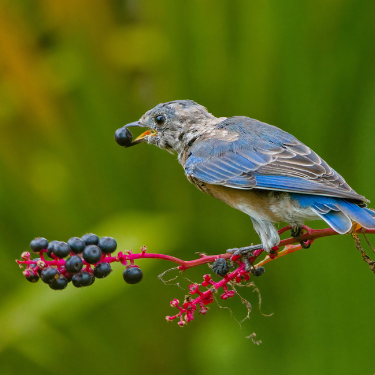
Their instinct to dig unearths lethal roots that halt weight gain and slaughter milk production overnight. If you spot trembling or appetite loss, isolate the animal instantly. Call the vet while drenching their mouth with activated charcoal. Delay guarantees loss.
Poultry aren’t spared. Chickens pecking berries might seem fine—seeds often pass unscathed—but gorging triggers diarrhea and lethal lethargy. Egg production plummets. Hens stagger. Never assume “bird immunity.” Clear pokeweed from coops and runs.
➡️ How to Take Care of Your Livestock When They Are Sick
Pokeweed is also poisonous to dogs and cats. They can die slower but just as sure. A curious pup chewing leaves vomits foam tinged with berry fragments before collapsing. Cats hide weakness until their kidneys fail. Confine pets during pokeweed purges. If they ingest any part, induce vomiting with hydrogen peroxide (1 tsp per 5 lbs) only if conscious, then race to the clinic.
The “Poke Sallet” Debate
You’ve likely heard stories or seen old accounts of people eating pokeweed. This usually means the dish called “poke sallet” or “poke salad” which uses very young pokeweed shoots. It’s vital we talk about this tradition directly. Yes, some people have historically eaten it in certain areas.
But make no mistake, the danger is extreme. Preparing pokeweed safely for eating demands a very specific and careful process. This involves boiling the young shoots multiple times. You must discard the water after each boil to help remove dangerous toxins. Getting this method right is incredibly difficult. Mistakes in preparation can quickly lead to severe poisoning.
My advice is non-negotiable: Don’t eat pokeweed. Any part. Ever. Especially with kids or pets roaming your land. Why? Your homestead already grows safer greens: spinach, kale, chard, and lettuce won’t hospitalize you.
There’s zero margin for error since “expert preparation” is a myth and toxin levels vary by soil, age, and rainfall. Plus alternatives abound: forage dandelions or lambsquarter if you want wild greens or stick to cultivated rows. There are so many ways you can enjoy nature’s benefits, without ever risking your safety:
➡️ 250+ powerful herbal remedies you won’t find at any pharmacy, but you can make them yourself
Pokeweed Poisoning: Treatment
If you suspect pokeweed poisoning, here’s what to do immediately:
- Rinse the mouth thoroughly with water to wash away any plant residue.
- Call Poison Control for expert guidance.
- Watch closely for serious symptoms: repeated vomiting, difficulty breathing, muscle weakness, or confusion.
- If breathing is labored or symptoms worsen quickly, get emergency medical help right away.
While Waiting for Help
Keep the poisoned person calm and upright. If they’re conscious and not vomiting, small sips of water can help dilute the toxins. Do not give anything to eat or drink if they feel nauseous or are vomiting already.
If the person is fully conscious and able to swallow, activated charcoal can help absorb some of the toxins before they spread further in the body. Activated charcoal is a well-known emergency treatment that binds poisons in the digestive tract, but it should be used only if medical help is on the way.
Getting timely medical attention ensures the best possible outcome and helps keep you or your loved ones safe.
I Touched Pokeweed With Bare Hands: What Do I Do?
I’ll be honest—when I first reached down and grabbed that plant, I didn’t think much of it. The berries were gone, the stem looked harmless enough, and I just wanted to clear some weeds from the edge of the fence line. No gloves. Big mistake. Turns out, pokeweed isn’t just toxic when you eat it—it can cause problems just from touching it.
If you’ve done what I did and handled pokeweed with bare hands, don’t panic—but don’t brush it off either. Here’s what I learned:
First thing: wash up. And I mean thoroughly. Soap, warm water, and a good scrub under your nails. Don’t touch your eyes, don’t rub your face, and don’t prep food until you’ve cleaned your hands well. That sap can linger.
Some folks get away with just a bit of redness or itching. Others break out in rashes or blisters that look and feel like a bad reaction to poison ivy. If that’s you—calamine, cool compresses, or even antihistamines can help. But if it gets worse or spreads fast, it’s time to call a doc.
Ever since that day, I’ve treated pokeweed with the same respect I’d give a venomous snake: gloves on, sleeves down, and a shovel in hand. No exceptions.
If you’ve already washed up and symptoms are starting—like itching, redness, or a rash—here are a few natural options that may help:
● Black Drawing Salve – If the skin starts to blister or feel hot and swollen, a dab of black salve can help pull out toxins or irritants from beneath the surface. It’s also a go-to for boils, splinters, or even tick bites.
● Chickweed and Vinegar Bath – For more widespread irritation, try soaking in a warm bath with chickweed and a splash of vinegar. It can soothe itching and help calm inflamed skin, much like with poison ivy or heat rash.
● Honey Oat Soap – Switching to a gentle soap like honey oat can help keep the area clean without further irritating it. It’s especially good if your skin’s reacting to the pokeweed sap.
● Plantain Band-aid or Poultice – If a small area is really bothering you, mash up some fresh plantain leaves and press them directly on the spot. Cover with a clean cloth or bandage. It’s an old remedy for drawing out irritation, and it works surprisingly well.
The Good Berries: What You Can Trust
After learning about pokeweed, you might be wondering: are there any wild berries worth foraging at all? Thankfully, yes. There are actually plenty.
Not all shiny berries are trouble.
- Elderberries – These often get confused with pokeweed at first glance, but elderberries grow in flat clusters, not drooping ones, and their stems don’t glow red like pokeweed’s. Cooked properly, they become a rich syrup I keep on hand every winter.
- Mulberries – If you’ve got a mulberry tree, you already know they ripen fast, fall easily, and don’t last long in the bowl—and that’s a good thing.
- Blackberries and dewberries – Yes, you’ll pay the price in scratches, but it’s worth it. These bramble berries thrive in forgotten corners and reward anyone willing to brave the thorns.
- Serviceberries – Sometimes called Juneberries, these little fruits are sweet, nutty, and almost too good to be growing wild. They’re one of those plants you pass by a hundred times before you realize what they are.
Still, berries are just the tip of the iceberg.
The truth is, the world is full of dangerous plants hiding in plain sight—right in your backyard, garden, or pasture. Some look nearly identical to foods you usually harvest and trust—right down to the shape of their leaves, their flowers, or the color of their fruit. I’m talking about plants that can actually shut down your kidneys, paralyze your lungs, or send you into violent seizures… and all it takes is one wrong bite. Sometimes even a touch is enough to cause burning rashes or blisters.
And here’s the frightening part: most of these toxic plants don’t look “evil” at all.
They don’t taste bitter. They don’t give you a second chance. Many grow right next to the plants you’re harvesting in your backyard.
That’s why this isn’t something you can afford to guess on. Misidentifying a wild plant or backyard weed isn’t just a small mistake—it can be life-altering. I’ve heard stories of people hospitalized from chewing on what they thought was wild parsley… of pets dying after nibbling a single leaf. The look-alikes are that convincing.
But here’s the good news: once you learn how to tell them apart, the fear drops away.
The Forager’s Guide is your best tool for learning how to spot the deadly look-alikes that have sent people to the hospital and claimed pets’ lives. You’ll gain the confidence to forage, garden, harvest and explore your land without fear. This book gives you all the skills you need to protect your family, avoid costly ER visits, and truly own your homestead. It gives you the eyes to see the danger before it strikes.
You gain confidence. You start actually owning your land, knowing what’s safe and what’s not. You can show your grandkids, your spouse, even your neighbors the difference between harmless and harmful. So if you’re not 100% sure about a plant, don’t taste it. Learn it.
➡️ How to Tell Edible Wild Plants from Their Poisonous Look-Alikes
How Do You Kill Pokeweed? Safely Remove It From Your Homestead
Spotted pokeweed on your homestead? Taking it out safely means protecting yourself not just your animals. That plant sap can cause nasty skin irritation or dermatitis for some folks. So before you tackle it gear up. Sturdy gloves long sleeves pants and even eye protection are absolute musts. Better cautious than covered in a rash.
Now for removal. Young small pokeweed plants are pushovers. You can usually hand-pull them or use a hoe especially if the soil’s moist. Established plants however are a different beast. They’ve got that huge fleshy taproot we talked about.
To kill mature pokeweed for good you must dig out that entire taproot. Yes it’s hard work if the root’s deep but it’s vital for control. Just chop the plant at ground level? It’ll regrow from that powerful root almost every time. If digging isn’t an option right away repeatedly cutting it down before it flowers and berries can eventually exhaust the root but expect a much longer battle.
Proper disposal is also key. Whatever you do don’t compost pokeweed. Those roots and berries will eagerly spread the plant all over your homestead. I typically bag it securely and send it to the trash but always check your local regulations for the right procedure. Burning might be an option if it’s done safely and legally in your area just be aware the smoke can also be irritating.
Finally let’s stop pokeweed’s return. Regularly patrol your property. Keep a sharp eye for new seedlings especially where soil’s been disturbed. Yanking them small makes a massive difference. A thick layer of mulch in garden beds or around your good plants helps suppress new pokeweed growth. And remember a healthy dense pasture or a thriving garden will naturally outcompete this unwelcome weed. Healthy soil and vigorous plants are your best defense.
Pokeweed: Not Your Friend
As we’ve discussed throughout this article, pokeweed is a plant that really demands your respect and caution. Its main dangers are clear.
My hope is that you now feel better equipped. With proper pokeweed identification skills and a solid understanding of how to manage it you can definitely keep your homestead safer.
I’m curious—have you ever had pokeweed show up on your land? Did you recognize it right away, or did it take you by surprise like it did me the first time? Drop a comment below and let me know what you’ve seen growing near your fence lines or pasture edges. The more we share what’s out there, the better we all get at spotting danger.
They Used These 250 Remedies When Doctors Were Days Away, And They Worked (Video)
Stop Making These Dangerous Pest Control Mistakes

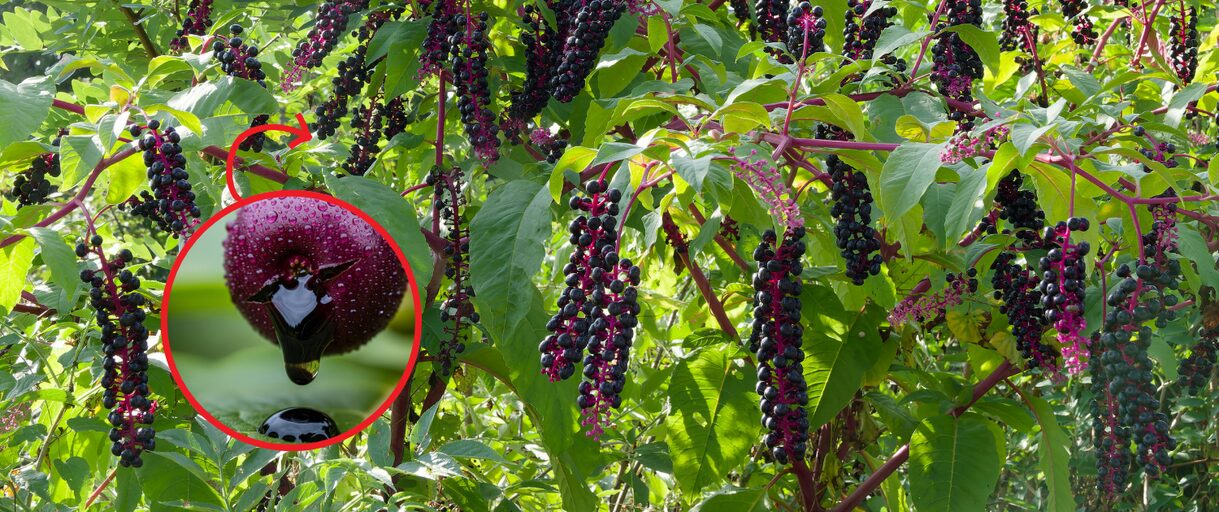
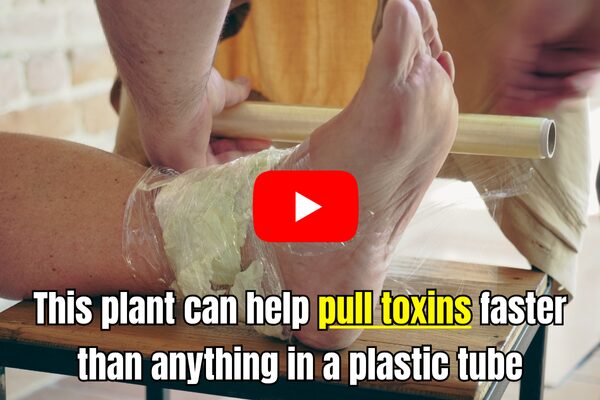
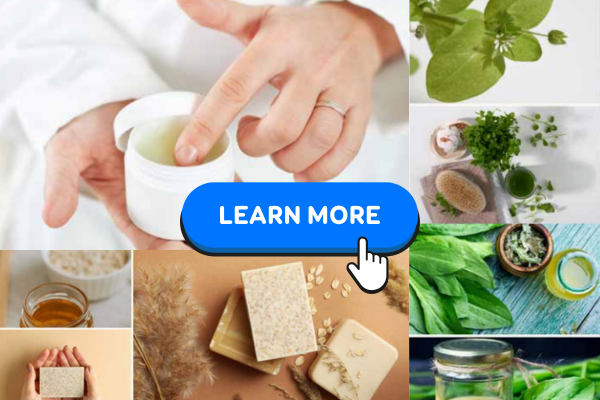
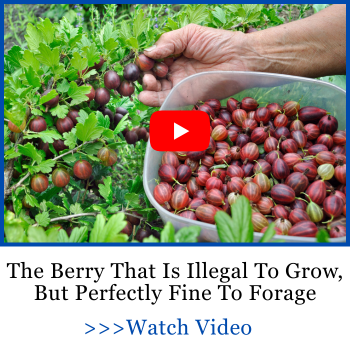

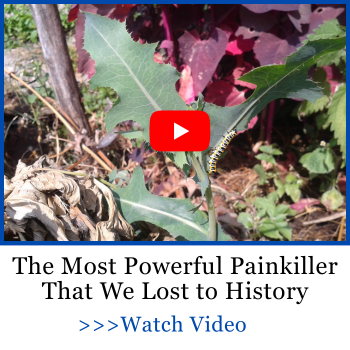

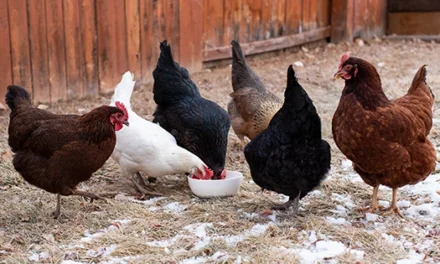

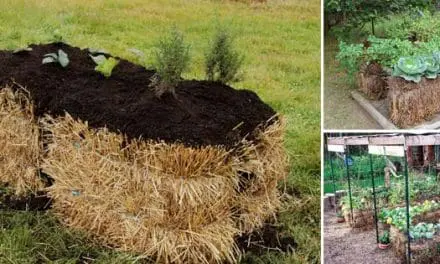


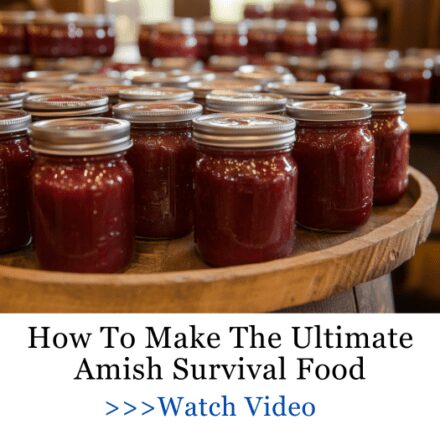


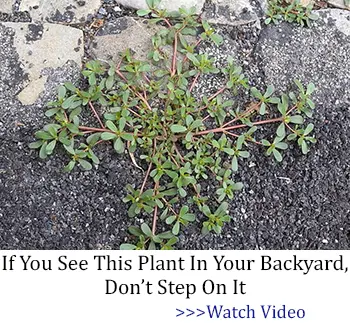


Oh boy, this hit deep. I had a puppy in my childhood who died after eating pokeweed. Be careful, people, and get informed. Knowledge saves lives. Thank you for this article and for the great job that you’re doing on this website and with your products!